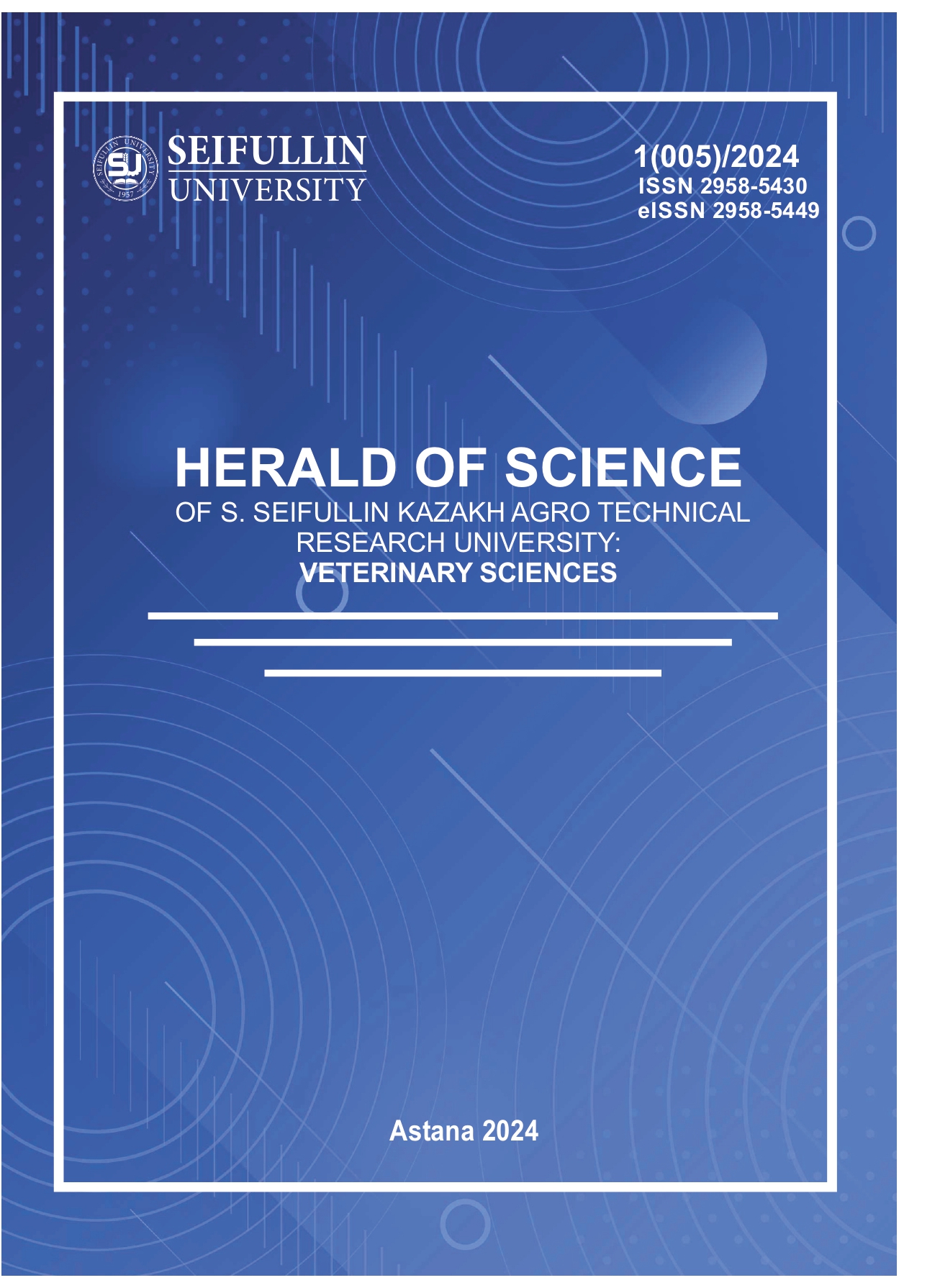PREVALENCE OF THEILERIA ANNULATA AMONG CATTLE IN THE TURKESTAN REGION
DOI:
https://doi.org/10.51452/kazatuvc.2024.1(005).1639Ключевые слова:
cattle; polymerase chain reaction; theileriosis; Theileria annulata.Аннотация
Theileriosis is a severe blood-parasitic disease, an important problem in veterinary protozoology, since the damage it causes remains significant. The recently widespread practice of importing breeding stock to improve local breeds leads to the fact that in the first summer season, upon contact with infested ticks, the imported animals become very seriously ill, with a mortality rate of up to 90-100%. In this work, 738 samples of cattle were examined using the polymerase chain reaction method, which showed the presence of infection in 598 DNA samples isolated from cattle from 10 districts, 19 settlements of the Turkestan region. Whole blood samples were taken from cattle aged 3 years and older. Upon examination, the animals seemed healthy. The overall positivity rate for the entire region was 81%, highlighting the prevalence of infection among livestock. There are different levels of infection in the regions; in 6 settlements the infection rate of cattle was 100%. In addition, 7 villages showed high PCR positivity rates, ranging from 70% to 97%. While the lowest prevalence of infection showed from 18% to 69% in 6 villages, respectively.

